Have you heard of r-controlled vowels before? Or possibly r-influenced vowels? Maybe “Bossy R?” People use different terms, but they’re referring to the same thing!
So how did the letter “r” get labeled as being bossy, anyway?!
In this blog post, I’m going to explain r-controlled vowels, give some examples, and share how I teach r-controlled vowels to my first and second grade students!
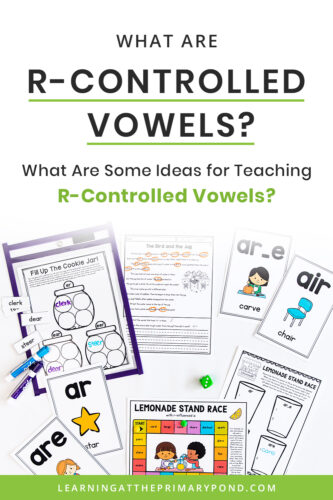
What Are R-Controlled / R-Influenced Vowels?
R-Controlled vowels, sometimes referred to as r-influenced vowels, occur when a vowel is followed by the letter “r” AND the sound of r impacts the vowel sound. (That’s where the “bossy r” title comes from – the r is influencing the sound of the vowel.)
There is also an “r-controlled” syllable type! If you or your students need a refresher on all syllable types, I have a resource for that as well (check out that blog post here).
Here is a list of the different r-influenced vowels:
- -ar: car, farm, art, hard, star
- -or: fork, sort, north, born, storm
- -ar_e: large, carve
- -are: share, care, square
- -air: fair, chair, stairs
- -er: clerk, letter, serve
- -ear: hear, dear, fearful
- -eer: cheer, deer, steer
- -ir: first, bird, stir, thirsty
- -ire: fire, hire, tire, inspire
- -ier: drier, flier
- -ore: chore, store
- -oar: roar, board
- -ur: turn, burn, surf
- -ure: sure, cure, picture
- -ur_e: nurse, curve
Are you exhausted? The good news is that you do NOT have to teach these all at once! (Keep reading to see exactly when I teach the patterns.)
One important thing to note: the degree to which r influences the vowel sound can vary. For example, in “clerk,” the r drastically changes the sound of e. In “cheer,” the long e sound can still be heard relatively clearly.
When Do You Teach the R-Controlled Vowels?
As I mentioned, we do not have to tackle all these patterns at once!
Here’s what I do in my phonics program, From Sounds to Spelling:
1st grade: Toward the middle to end of the school year, we spend time working on “ar” and “or.”
According to research on developmental spelling (for example, in Bear, Invernizzi, Templeton, and Johnston’s 2016 edition of Words Their Way: Word Study for Phonics, Vocabulary, and Spelling Instruction), students master “ar” and “or” before they master the other r-controlled spelling patterns, including “ir,” “er,” and “ur.”
This makes sense: “ir,” “er,” and “ur” all typically represent the sound /er/. There is not one clear rule that tells students which one to use. Therefore, lots of practice is required to help students learn to spell words with “ir,” “er,” and “ur.”
I do, however, teach students how to DECODE words with “ir,” “er,” and “ur,” even if they aren’t learning to spell them yet.
When I introduce r-controlled vowels “ar” and “or” in 1st grade, I also introduce the r-controlled vowel syllable type.
2nd grade: I devote an entire unit to r-controlled vowels! During the unit, I review “ar” and “or” but I add in all of the other combinations listed above.
Mastery of these patterns takes time. Students will not master everything in just one week! They also need to learn specific, high-utility (common, useful) words with these patterns, as some memorization is required.
How Do You Teach R-Controlled Vowels?
When I first present r-controlled vowels, I explain that…
With r-controlled vowels, the sound of the r “controls” and changes the expected vowel sound.
Next, I’ll walk you through how I’d teach each pattern. Since the first r-controlled vowel I’d recommend teaching is “ar,” I’ll use that as an example. It’s one of the simpler r-controlled vowels AND the pirate sound connection makes it more fun!
STEP 1: If possible, introduce a sign or anchor chart that students can use and refer back to.
I have a “Welcome aboard the pirate ship!” sign that I hang up. I say something like “Arrr, mateys! Today we are going to board a pirate ship! Climb on in the ship with me!” Corny? Yes. But attention-getting? Yes!! ?☠️

STEP 2: Explicitly teach the actual sound that the r-controlled vowel makes.
I tell my students that “Pirates say /ar/ and so do these letters!” I have them say the sound a few times.
STEP 3: Point out a few words that have that particular r-controlled vowel sound.
“‘Ar’ says /ar/ like in ‘car,’ ‘far,’ or ‘sharp.”
STEP 4: Explain how this is different than the normal short/long vowel sound.
“Do you hear how this is different from the normal short or long sound of a? A usually says /ă/ or /ā/. This is a whole new sound! When a comes before r, the r usually starts bossing it around. Bossy r works with the a to say /ar/.”
STEP 5: Move into a blending activity so students can practice.
“Let’s practice blending words with ‘ar.’ Look at the first word. Let’s say the sounds. /p/ /ar/ /t/ –> ‘part’
STEP 6: Continue with other activities for more and more practice! Read on below for that list 🙂
What Are Some Activities for Teaching R-Controlled Vowels?
I love, love, love having students play games to get the practice they need! In my No-Prep Phonics Games Bundle, I do have a set specifically for 1st Grade R-Controlled Vowels and 2nd Grade R-Controlled Vowels. Make sure to take a peek at those!
Another great activity is to use decodable readers. This provides students tons of practice with one skill at a time. In this case for r-controlled vowels, I have a set on r-controlled vowels for 1st Grade and 2nd Grade.
Here are some of my favorite teaching activities for working with r-controlled vowels! Several come from my phonics program, From Sounds to Spelling, but they can be incorporated into any program.
- Circle, underline, or highlight words with the r-controlled vowel BEFORE reading a decodable text
- Complete word sorts for words with short/long vowel sounds vs. r-controlled vowel sounds
- Practice dividing r-controlled vowel words into their syllables to read them
- Play games with r-controlled vowel words to increase fluency with reading them

In this “Treasure Hunt Race” game, students work to collect coins (just like a pirate!) as they read the /ar/ words. Students keep moving around the board and saying words until someone collects enough coins to be the winner!
Conclusion
I hope this information on r-controlled vowels is helpful to you!
For a completely free resource where students can get practice on sorting words with r-controlled vowels, click here for my freebie “Phonics Sorts for K-2 Students.”
If you need more resources to teach this or other phonics skills, check out my phonics program, From Sounds to Spelling.
This program contains complete lesson plans, lots of activities, picture and word sorts, decodable texts, phonics posters, and more!
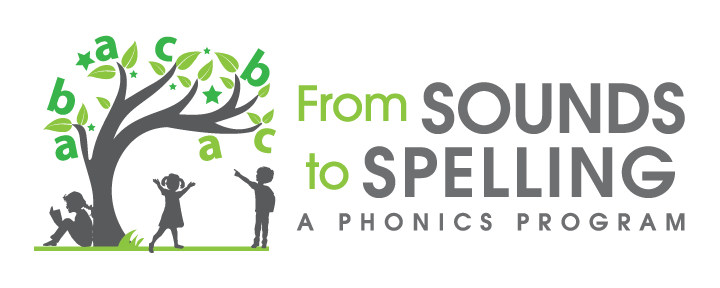
Happy teaching!
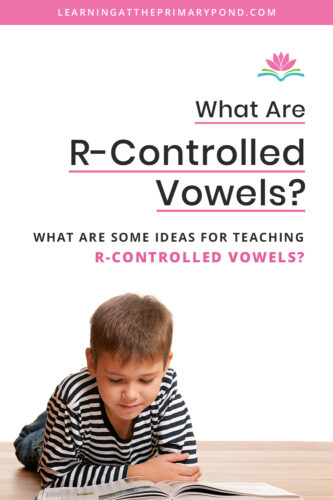

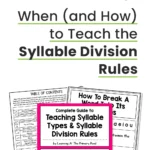
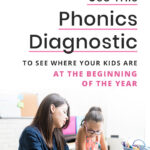
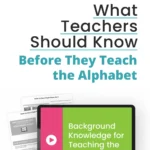

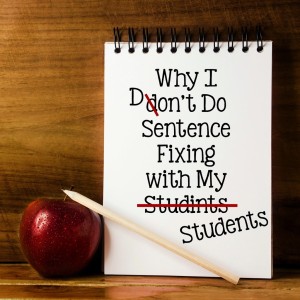






I am have a question about r controlled and -or, such as for, which can also be written as four, fore. Then, there are also words like more, core. Does -or or in the case of more does -ore make 1 sound? For example, if you were to place the sounds in Elkonin boxes would the or be in 1 box. Thank you for any insight on this.
Hi Lori! Great question. Yes, I would teach “or,” “ore” and “our” making one sound (in one sound box) for those words!
It’s better to teach ‘or’ as two separate sounds unless it is representing the /er/ sound, as in the word “work”.
I am wondering if you have any suggestions for students with IEP for speech working on all the -r sounds. Would you do the same activities with them?
Hi Julie! I’d say first focus on “ar” by itself. Once mastery is shown for that, add on ir/ur/er since they make the same sound. Repetition, repetition!
I have taught early elementary for 20 years and R-controlled vowels are one of the toughest concepts to teach. I have used the R-controlled games and they are a huge hit with my 1st and 2nd-grade readers. I also like the idea of making an anchor chart.
Hey Brandon! Glad the games have been a hit with your students!
The reason that it is so hard to teach is that it is so often explained incorrectly, like it is the article above.
Would love to hear more as to what your thoughts are on this?